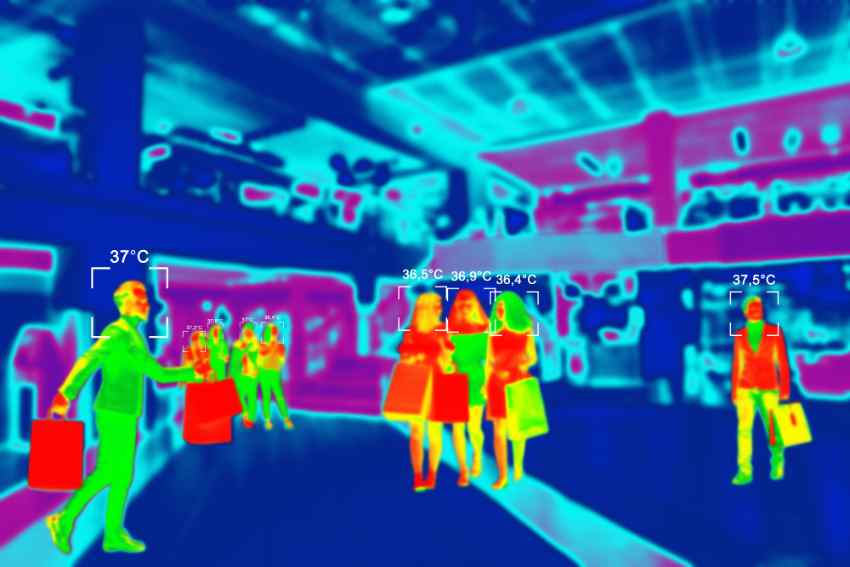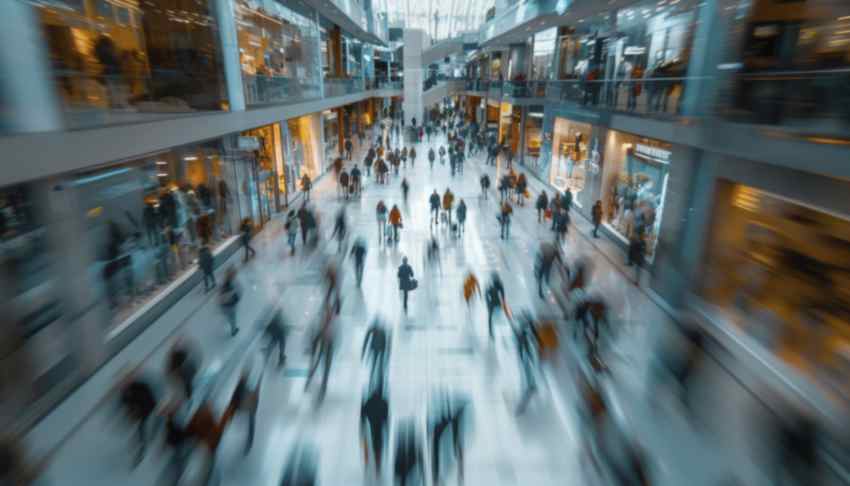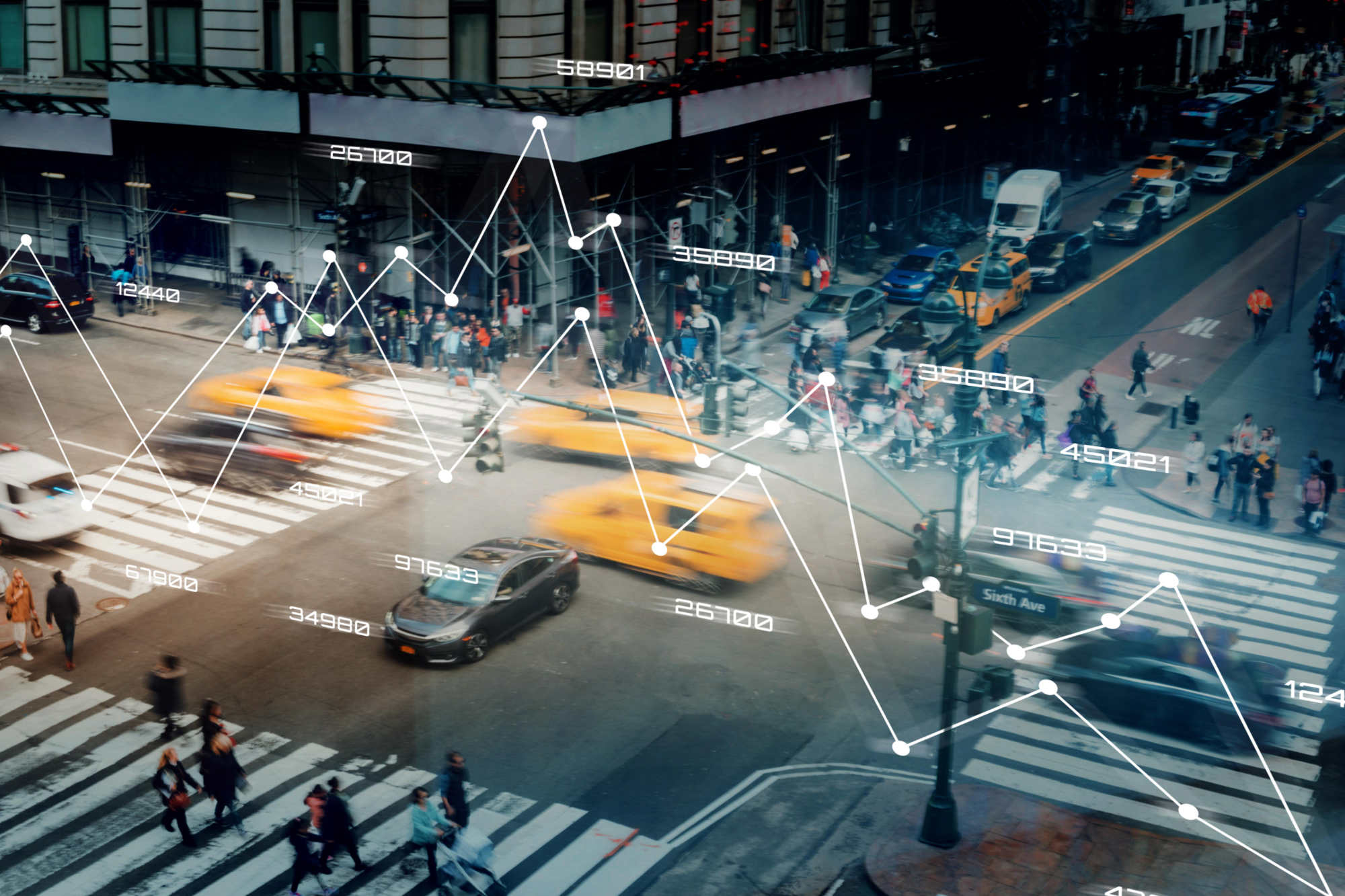In today’s world, ensuring public safety at mass events is one of the key priorities. Based on manual observation and viewing camera videos, traditional monitoring methods often do not allow for a quick response to changing situations. Human limitations in processing a significant information flow lead to decision-making delays.
Modern artificial intelligence and computer vision technologies offer a new efficiency level. By analyzing historical data and identifying anomalies in crowd behavior, AI can respond to events and predict potential incidents. Models are trained to recognize patterns that warn of dangerous situations. This approach gives organizers and security services time to eliminate threats before they develop.
In a crowd where thousands of people move, stop, interact, and change directions every second, the human eye often does not have time to take in the whole picture. This is where AI comes into play, capable of seeing more, analyzing faster, and reacting more accurately.
- Analytics for planning future events. AI accumulates and analyzes data from previous events to improve logistics and safety in the future.
- Rapid response to incidents. Real-time video stream processing allows for rapid detection and reporting of threats.
- Increasing the overall level of safety. The systems reduce the risk of dangerous situations by proactively analyzing behavior and crowd density. The study ‘’Enhancing Public Safety with AI-ML CCTV Surveillance’’ shows that modern AI analytics can automatically detect objects, track motion, and trigger alerts instead of manually reviewing cameras. This is especially effective in crowded areas and critical infrastructure.

The integration of AI with security systems has taken place relatively quickly but is already making strides in real-world applications.
- Significant mass events. The WaitTime crowd intelligence system uses AI analytics to measure queue times, count pedestrians, and estimate stadium flow density, helping to reduce congestion at entrances and exits, respond quickly to crowds, and optimize security during major sporting events.
- Urban transport, stations, and airports. Transport for London (TfL) conducted a pilot project with an AI system, which was tested at the London Underground and detected dangerous behavior at Willesden Green station, crossing the yellow line of platforms, sitting on benches for too long, leaning over the edge of the platform, etc. At the same time, it was noted that the system needs adjustment due to false alarms; for example, it did not always correctly distinguish between the type of bicycle and a child. To improve the performance of TfL’s system, strategies can be applied to train or retrain the model on more representative and contextually relevant datasets.
- Security in shopping malls, religious gatherings, and stadiums. Greater Manchester Police (GMP) and LSE researchers have been trialling N-AI’s crowd analysis platform using drones. The system analysed density in real time, identified fragmentation in the flow of people, and quickly fed information back to the command centre. This helped to coordinate the response more effectively, particularly during protests near the stadium.
Behind the scenes, the effectiveness of these AI-driven security applications relies heavily on the quality of their training data, and this is where companies like Keymakr play a crucial role. The company specializes in the annotation of images, videos, and 3D data, which is the main stage for training such AI systems.
Absolute security or “Big Brother is watching you”?
One of the most important concerns with crowd monitoring systems is privacy, responsible data handling, accuracy of models, and costs.
Privacy and ethics. Continuous video surveillance in public spaces raises concerns about privacy and control over personal data. To maintain public trust, it is important to comply with applicable legislation, particularly the General Data Protection Regulation (GDPR) and national regulations governing visual information collection, storage, and processing. All data should be obtained lawfully, protected from unauthorized access, and, where possible, de-identified. In cases where legal and social constraints prevent the collection of real images, synthetic data that allows training models without violating privacy is advisable.
Accuracy of models in real-world conditions. Computer vision models show high results in laboratory conditions, but their accuracy in real-world environments is much lower. This is affected by poor lighting, weather conditions, unusual shooting angles, crowds, or partial overlap of objects. All this makes it challenging to identify behavioral patterns and threats. To avoid this, systems must adapt to a specific context and constantly retrain based on new data.
Implementation costs. Implementing such systems requires significant upfront and long-term investment. These include purchasing modern equipment, deploying software, integrating with existing security systems, and regularly maintaining and updating models. Additional costs are associated with training staff and ensuring compliance with regulatory requirements.

One of the main trends of crowd monitoring systems is the transition from static surveillance to intelligent systems that can operate in real time and quickly assess the security situation in crowded places. LLM integration allows generating reports for security services adapted to the specific conditions of the event and quickly transmitting commands or recommendations to operators on the ground. The study ‘’A Survey on Human-AI Teaming with Large Pre-Trained Models (2024)’’, in the section “Surveillance and Security,” highlights the VideoLLM framework, which combines LLM with video analytics. This allows you to use language models’ deductive and explanatory capabilities to understand the context and behavioral anomalies essential for crowd safety.
Also, integrating computer vision with uncrewed aerial vehicles opens up new opportunities for monitoring mass events. Drones provide a view from above, allowing them to cover large areas. They are especially effective during protests, festivals, or evacuations in dynamic conditions. Due to their mobility and flexibility, drones complement stationary cameras and form a complete picture of the situation in real time.
In the future, crowd monitoring systems can become integral to “smart cities” and help with security and mobility, infrastructure management, and public order. This will create a more predictable, adaptive, and safe environment for participants in mass events.


